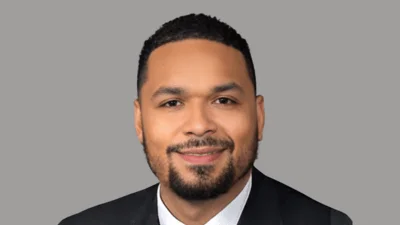Walter “Ted” Carter Jr. President at Ohio State University | Twitter Website
Walter “Ted” Carter Jr. President at Ohio State University | Twitter Website
The annual Department of Art Auxiliary Faculty and Staff Exhibition is currently underway at The Ohio State University's Hopkins Hall Gallery, offering a space for art department staff and associated faculty to showcase their work. Merijn van der Heijden, director of Urban Arts Space since 2018, highlights the long-standing tradition of the exhibition, describing it as "a legacy project from a previous director, a long time ago, even before Urban Arts Space existed.”
A total of 14 artists are participating in this year's exhibition, which runs through April 25. This initiative supports department staff who are artists but typically lack opportunities to display their creations. Kate Durham, the administrative assistant at Urban Arts Space, is one of the contributors. She is sharing her work for the first time with “under ohio stars,” a quilt-style cyanotype collage.
Durham emphasizes the value of established artists sharing their work and engaging in dialogues with emerging artists. Van der Heijden amplifies this sentiment, noting, “It makes sense to show students this kind of connection that we, as professionals, have to the arts.” She says the platform allows artists working in administrative capacities to present their ideas and practices.
The initiative also underscores the ongoing nature of artistic development. Van der Heijden challenges the notion of innate talent, emphasizing that skills in the arts can often be taught and expanded upon.
Sahar Tarighi, a post-MFA scholar participating with two pieces, recognizes the exhibition as a valuable opportunity within the university’s creative community. Tarighi states, "As artists, our work is shaped by the contexts we live in – our personal histories, social environments and global events.” Her entries, “Run for our right” and “Eternal Bloom of Şiler شلێر,” reflect her exploration of video and mixed-media sculpture.
The exhibition aims to foster an appreciation of art as a journey of ongoing learning and experimentation. According to Tarighi, it is essential for students to see artists continually "questioning, experimenting and refining our voice.”
Beyond engaging students, van der Heijden envisions the exhibition as an opportunity to welcome campus visitors. She emphasizes the importance of making university art accessible, noting it can provide a "chance encounter with work in which they may see themselves.”





 Alerts Sign-up
Alerts Sign-up